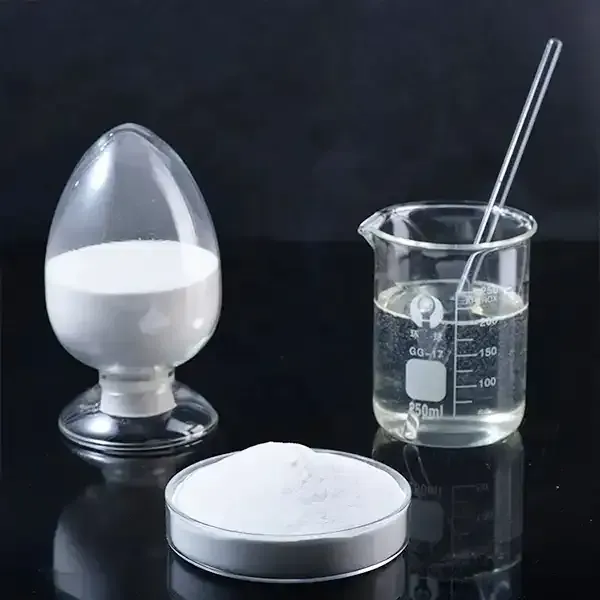Cellulose Ethers Versatile Polymers in Modern Applications
Cellulose ethers, derivatives of cellulose, play a crucial role in a vast array of industries, thanks to their unique properties and versatility. Unlike their native form, cellulose, which is a natural polymer derived from plant cell walls, cellulose ethers are chemically modified to enhance certain characteristics, making them suitable for various applications ranging from food and pharmaceuticals to cosmetics and construction.
At the core of cellulose ethers is cellulose itself, a polysaccharide made up of glucose units. The modification process involves the substitution of hydroxyl groups on the cellulose molecule with ether groups. This modification results in cellulose ethers that exhibit properties such as increased solubility in water, improved film-forming ability, and enhanced thermal stability. Common types of cellulose ethers include hydroxypropyl cellulose (HPC), hydroxypropyl methylcellulose (HPMC), and ethyl cellulose (EC), each with distinct properties catering to different applications.
One of the most significant applications of cellulose ethers is found in the food industry. Hydroxypropyl methylcellulose, for instance, is widely used as a food additive. It serves as a thickening agent, stabilizer, and emulsifier, contributing to the texture and consistency of various products such as sauces, dressings, and baked goods. Furthermore, its ability to form gels makes it a popular choice for creating gluten-free products, providing texture without compromising taste. Additionally, cellulose ethers are often utilized in low-fat and reduced-calorie formulations, as they can enhance mouthfeel and viscosity without adding additional calories.
In the pharmaceutical industry, cellulose ethers play an equally important role. They are commonly used as excipients in drug formulations, aiding in the formulation process by improving the solubility and bioavailability of active ingredients. Hydroxypropyl methylcellulose is specifically valued for its ability to form controlled-release matrices, allowing for a steady release of medication over time. This is particularly beneficial for patients who require consistent therapeutic levels without the need for frequent dosing.
cellulose ethers

The cosmetic and personal care industry also benefits from the use of cellulose ethers. In products such as shampoos, lotions, and creams, cellulose ethers act as thickening agents, stabilizers, and film-formers. They improve the sensory qualities of products, giving them a desirable texture while ensuring uniform distribution of active ingredients. Moreover, cellulose ethers contribute to moisture retention, enhancing skin hydration and overall cosmetic efficacy.
Beyond food, pharmaceuticals, and cosmetics, cellulose ethers find applications in construction and building materials. They are used in the formulation of cement and mortar, where they enhance workability, reduce water content, and improve adhesion properties. By incorporating cellulose ethers, manufacturers can create stronger, more durable building materials that are easier to apply and manipulate.
Sustainability is another significant advantage of cellulose ethers. Since they are derived from renewable resources—primarily plant cellulose—they present an environmentally friendly alternative to petroleum-based polymers. As the world increasingly shifts towards sustainable practices, the demand for cellulose ethers is expected to grow, reflecting a broader trend in bio-based material usage.
In conclusion, cellulose ethers are versatile polymers that have established a strong presence across various industries. Their unique chemical properties enable them to serve multiple functions, enhancing the quality and performance of products ranging from food and pharmaceuticals to cosmetics and construction materials. As industries continue to innovate and prioritize sustainability, cellulose ethers will likely play an even more prominent role in developing effective and eco-friendly solutions for the future.
-
Rdp Powder: Key Considerations for Wholesalers in the Building Materials IndustryNewsJul.08,2025
-
Key Considerations for Wholesalers: Navigating the World of Hpmc - Based ProductsNewsJul.08,2025
-
Hpmc Detergent: Key Considerations for WholesalersNewsJul.08,2025
-
Key Considerations for Wholesalers: China Hpmc For Tile Adhesive, Coating Additives, Concrete Additives, and MoreNewsJul.08,2025
-
Crucial Considerations for Wholesalers: Navigating the World of Construction MaterialsNewsJul.08,2025
-
Key Considerations for Wholesalers Sourcing Additive For Cement, Additive For Concrete, Additive For Putty from Additive Manufacturer Shijiazhuang Gaocheng District Yongfeng Cellulose Co., Ltd.NewsJul.08,2025




